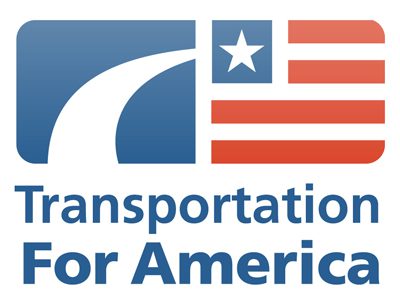
The timing of the ARRA funding is important as it arrives not only during a national recession, but also in the face of increasing backlogs of road and bridge repairs, inadequate and under-funded public transportation systems, and too few convenient, affordable transportation options. Nearly 19,000 U.S. bridges are rated as “structurally deficient” by the U.S. Department of Transportation and deemed “unsafe” by the American Society of Civil Engineers. One-third of the nation’s major roads are in poor or mediocre condition, according to the American Association of State Highway and Transportation Officials.
Given the enormous opportunity ARRA funds provide to make critical repairs to existing transportation assets while investing in projects that result in job creation and economic returns, states and regions have made a wide range of choices.
A recent analysis by Smart Growth America found some good, some bad, and some downright misguided uses of the ARRA funds. On the positive side, 11 states are spending all their funds on road repair and a total of 17 states are spending 90 percent or more on repair. Seven states are spending more than 10 percent of funds to make progress on expanding transportation choices through investments in public transportation, walking, and biking.
On the whole, however, the states are by no means catching up altogether on road and bridge repairs. Despite a multi-trillion dollar maintenance backlog, the states have committed almost a third of the flexible ARRA money, $6.6 billion, to build new road and bridge projects, facilities that will themselves need to be maintained, if money can be found. And while there is growing demand for upgrading and investing in public transportation, states allocated only 3.7 percent of ARRA funds to public and non-motorized transportation.
These choices will have a major impact on the recovery and also on the nation’s transportation future. The states’ decision to favor highway expansion projects largely meant that cities have been by-passed. Meanwhile, the 100 largest metropolitan areas — those with three-quarters of the country’s population — are getting less than half the money from the flexible pot of transportation stimulus money, according to an analysis by The New York Times of 5,274 transportation projects approved through July 8, 2009.
As the nation’s 363 metropolitan areas are home to 86 percent of U.S. employment and 90 percent of wage income, they are key drivers of the nation’s economic performance. The U.S. Conference of Mayors, which did its own analysis of different data last month, concluded that the nation’s metropolitan areas were being “shortchanged.” By June 2009 ARRA-supported infrastructure projects totaling $18.26 billion have been certified by the states, with the top 85 metros (based on population) receiving a total of $8.80 billion in investment, or 48.3 percent of the certified amount.
While the stimulus is working to create and preserve jobs and invest in the nation’s infrastructure, it could be working much better — and faster — if we had a more accountable process. By necessity, given the need for speed, the stimulus money had to be spent under existing federal policies and guidelines, reflecting priorities that are outmoded, at best. Even as the new administration and Congressional leaders were calling for “transformational” investments that would be part of a clean energy, less oil-dependent economy, the existing system delivered on yesterday’s priorities.
The stimulus made it glaringly clear that we must reform the way in which we plan, build, and fund transportation investments in this country. The current six-year federal program is set to expire next month, and Congress now is taking up the question of how to reshape the program for the needs of this century. Transportation is a means to creating livable, sustainable communities, and making efficient and effective use of it requires specifying a vision for the future. Thankfully, companion bills with national transportation objectives are picking up steam in the House and the Senate. Those are touchstones for policymakers as they hammer out a bill, as are the performance-oriented planning provisions in the bill proposed by Rep. James Oberstar, Chairman of the House Committee on Transportation and Infrastructure.




Comments